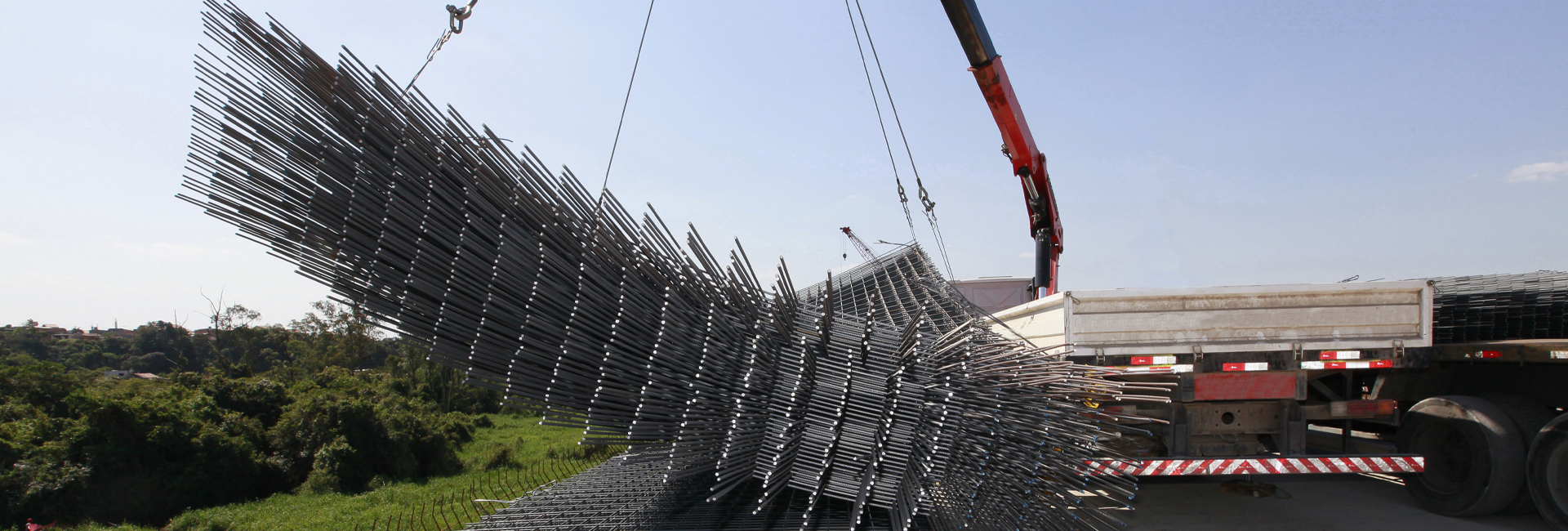|
Table of Content
|
TMT Bar Grades Evolution: Fe 415 to Fe 600
TMT bars were introduced in 1979 under IS 1785:1979 and were available in grades Fe 415 and Fe 450. In 1985, a better quality of these bars called Fe 500 (IS 1786:1985) hit the market. Since then, the Indian construction industry has only increased its demand for various types of TMT bars. Therefore, in 2008, Fe 600 grade TMT bars that met IS 1786:2008 were put on the market.
What is Fe?
The short form Fe stands for ferrous material, such as Iron, used to make reinforcement steel bars. Steel’s yield strength is indicated by the number 415, which is 415 N/mm2. Fundamentally, Fe 415 is one of the types of TMT bars used in constructing RCC constructions. While Fe 500 exhibits an extension of about 10%, this type indicates a prolongation of almost 14%. For example, use Fe 415 rather than Fe 500 for any structure in a seismic zone. This reinforced preparation is comprised of Cold Twisted and Deformed (CTD), or Cold Worked High Yield Strength Deformed, to achieve High Strength. Fe 415 and Fe 500 are the usual steels. Fe suggests an Iron component in types of TMT bars.
What are the Different Types of TMT Bars?
Currently, there are too many TMT grades in the market. Therefore, Fe 415 TMT bars became the most often used grade of steel bar while building homes. In India, TMT bars were introduced between 1980 and 1985.
Types of TMT bars popular in India are Fe415, Fe500, Fe550 , and Fe 600. We can acquire different steel grades with varying qualities by slightly altering the treatment cycle.
Various types of TMT bars are frequently used in civil construction projects, such as those involving building beams, slabs, columns, and other structures. They are the foundational strength of every construction and must support tremendous loads.

-
Fe 415
Fe 415 TMT is utilized for small-scale construction projects because it is pliable and cost-effective. In addition, because they can be twisted into the most intricate shapes, they are ideal for minor load installations.
Uses: To strengthen small-scale constructions, houses, and residential buildings. These bars can be employed in earthquake-prone areas thanks to their uniform elongation property.
-
Fe 500
Fe 500 grade is considered the industry standard in many construction projects. Fe500D and Fe500S are two types of steel bars of Fe500 that are well-liked options that provide more robust seismic stability and flexibility.
Uses: Fe500 bars are suitable for usage in various multi-story, commercial, and residential constructions. They are more ductile and have more tensile strength than Fe415, which is explicitly made to be more load-resistant and stabilize high-rise constructions.
-
Fe500D
These bars are comparable to the Fe500 grade, except the letter “D” stands for flexibility. Compared to typical Fe500 grade bars, these have more flexibility.
Uses: These bars are perfect for dealing with cyclones, tsunamis, and other natural calamities. In addition, Fe500D TMT bars are suitable for areas with high seismic movement due to their excellent security features.
-
Fe550
Fe 550 grade bars can be used in various large-scale projects because of their increased tensile strength.
Uses: These are employed in constructing industrial and large-format infrastructure projects, including bridges, businesses, and buildings with heavy load-bearing requirements. These bars are ubiquitous in subterranean, marine, and coastal settings.
Also Read: Which Factors Make Fe-550 TMT Bars The Best Bet?
-
Fe 550D
Fe550 bars are more malleable than Fe550 bars, similar to Fe500D grade bars. However, the low carbon content of these bars also contributes to their excellent weldability.
Uses: In locations where Fe550 grade bars are utilized but also in areas with a high risk of natural disasters, Fe550D bars are used instead.
-
Fe 600
One of the most solid TMT grades, Fe 600, is used to develop demanding foundation constructions, spans, marine offices, and other structures. They ensure less steel blockage inside the reinforcement, provide excellent elasticity, and minimize total usage.
Uses: Expressways, metro projects, towers, commercial complexes, and industrial zones all use Fe 600. They are widely used for many applications where load-bearing, solidity, and corrosion resistance are prioritized.
SML Brings you the Best Type of TMT Bars
Sree Metaliks Limited, established in 1995, has built a solid reputation in the construction sector. Their raw materials span a wide range, including Iron Ore, Sponge Iron, Billets, Pig Iron, Pellets, and TMT bars. High-quality TMT bars made by Sree Metaliks Limited are employed in several construction projects.
Sree Metaliks Limited produces different types of TMT bars that adhere to high international standards. Therefore, Thermax Quenching System & Technology of Henningsdorfer Stahl Engineering, GMBG, Germany, has granted them a license. This license serves as a gauge for power and adaptability.
With the help of specialists, Sree Metaliks Limited creates the best type of TMT bars for building. The TMT bars are manufactured at its cutting-edge facility in Loidapada, Odisha. Additionally, Sree Metaliks TMT bars are fully compliant with the BIS standard.
Read more: TMT Bars Specifications – The Difference Between Fe500 & Fe500d TMT Bars
For more information, please reach out to us at: Sales@sreemetaliks.com

